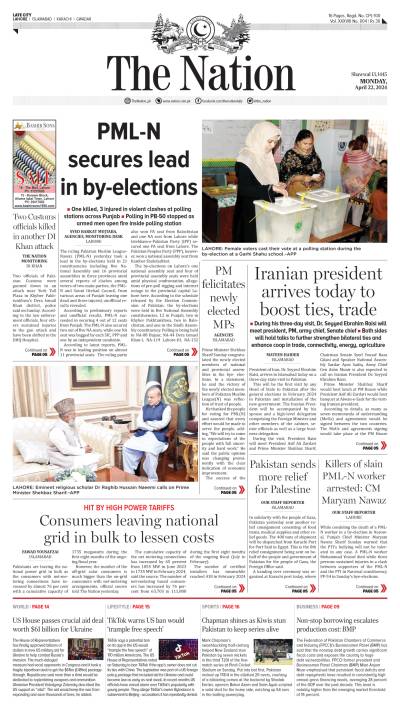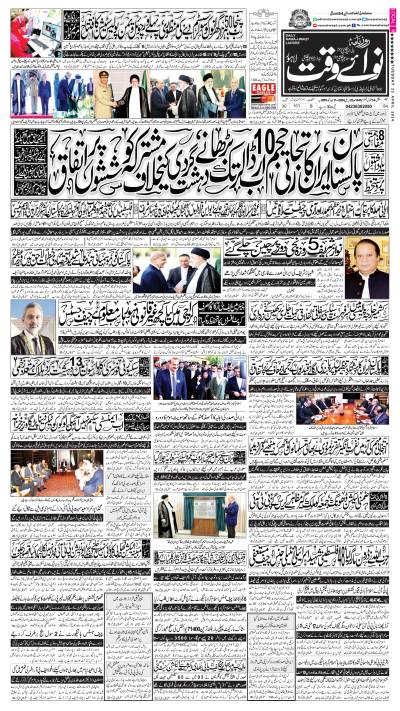FOR couples about to be married here, the global economic crisis has forced the big fat Indian wedding onto a crash diet. Gone are the so-called helicopter grooms of last year's wedding season " the most opulent on record " where in a still-booming economy some husbands-to-be abandoned the traditional white horse procession and arrived at their nuptials on landing pads, amid a whirl of wind. Now, couples pick and choose from a menu of possible cuts, including trimmed guest lists, slightly less sumptuous matching sari and jewelry sets " think pearl- and ruby-encrusted beadwork with only a smattering of diamonds and emeralds " and floral canopies looped with marigolds instead of orchids and lilies, according to wedding planners, florists and turban tailors, all of whom reported slumps in business. (Proper turbans " silk, with real feathers and jewels " can set a prospective groom back by as much as $1,000. This year, though, many are halving the cost by substituting chiffon for silk.) "Guest lists have fallen, invitations are less ornate, DJs have replaced Bollywood performers and dance troupes. Even instrumentalists are no longer commonly requested," said Jai Raj Gupta, chief executive officer of Shaadionline, one of the first and largest Indian companies devoted to planning weddings, known as shaadi in Hindi. "The main wedding is still a grand affair, but on a much smaller budget. Even in India, marriage isn't always inflation-proof. One has to settle for second-best now if there are financial restraints." In India, the prestige of staging a lavish wedding has collided with the harsh reality of global recession, with many economists predicting that last year's record 9 percent growth rate will sink to 5 or 6 percent this year. Indians spend on average $32,000 for a wedding, about $7,000 more than the average bill for American nuptials, according to industry experts " despite India's significantly lower average annual family income. Weddings here often include elaborate ceremonies spread over a week, with separate parties for the bride and the groom, all requiring special outfits, hairstyling, jewelry, shoes and catering. It's all seen as a once-in-a-lifetime extravagance that most families save for over decades, or even generations. Marriage is the engine of traditional Indian society, an occasion that links families permanently and is often seen as an indicator of wealth and status. "To save something, anything, we made a risky, even shocking strategic move to combine some of the ceremonies and just spend on one grand night," said Kanha Ram Meghwal, 50, the father of the groom at an enormous wedding held recently at a posh hotel in the northern state of Rajasthan. Meghwal, a government tax official, is painfully aware of India's stock market plunge. "I sat everyone down and quietly said, 'Look, guys, we might enjoy it more if it's not a bankrupting expenditure.' " he said. "There were tears. But we pushed through it. In the end, the day of the wedding still had 1,500 guests and a horse-drawn carriage ride for the groom." As India has prospered, so has the country's vast wedding industrial complex, now estimated by analysts to be worth $10 billion. But as with diets, many couples are finding it a challenge to stick to a strict plan for economizing. Temptations include features that have become obligatory for many middle- and upper-class weddings: 100-dish multi-cuisine food stations; a chocolate fountain, the gold-standard item; and over-the-top lighting with dozens of gas burners, chandeliers, lanterns and candles to simulate a starry sky. Vimlendu Jha, 30, and Supriya Singh, 28, are creative, nonconformist types who have a funky rented apartment with colorful pillows, a polka-dot sofa and a homemade lamp built from a recycled toilet plunger. Jha works on environmental issues and teaches. Singh works with young people making films and radio programs for low-income kids. Because of the economic crisis, Jha thought it might be wise to scale their wedding down somewhat, holding it at a hall instead of a five-star hotel and keeping the guest list to 300. But he quickly found out that "apparently, a sari costs more than 10,000 rupees [$210], and all the relatives will look over the quality of sari you gift them and judge it," he said, referring to the pre-wedding ceremony in which gifts are exchanged between the two families and the male members of the girl's family meet the groom for the first time. Jha scrambled to borrow $5,000 from several of his college friends. "I might be a bearded young professional working at an NGO with 10 rupees in my pocket," said Jha, who sports silver hoop earrings and a goatee. "But when it comes to the wedding, well, it's show business. It's really for the family, and it's the culmination of all that you have been doing in a grand status symbol. At one point, I wondered: If both sides of the family were all going to exchange 10 gifts, then why not just skip spending the money and call it even? That did not go over." Looking over their thick albums of professionally posed wedding photos, Singh smiled at the images of a couple who looked like Indian royalty in their dazzling wedding clothes and jewels under twinkling lights against a gold and light-blue backdrop. The wedding ended up costing more than $35,000, Jha said, but he added, "Even we aren't sure how much we actually spent." "In India, no one wants a courthouse marriage," Singh said as her husband joked that they could have put a down payment on a house with the amount they spent. She had the reaction of most brides around the world: "I wouldn't have changed a thing." Many families in India's small towns and rural areas, where inflation and job losses have hit harder than in the cities, are experiencing the wedding crisis more intensely. Kamlesh Kumar is from Uttar Pradesh, one of India's poorer states, and is organizing his younger brother's wedding there next month. "The financial crisis has definitely had an impact on us. We're trying to keep a smaller tent for the wedding area, which will reduce the amount of lighting and decor needed. We've had to negotiate and bargain with decorators and caterers again and again," he said, adding that the family was trying to keep the cost of the wedding under $5,000. " 'Trying' being the key word here." In December, Megha Grover, a 26-year-old journalist, married a 29-year-old real estate agent in New Delhi. The wedding featured four lavish events " an engagement ceremony, a cocktail night, the wedding ceremony and the reception dinner. "Our buffet had food stations from the world over " Punjabi, Thai, Chinese " including a live pasta counter," Grover cooed. "The bar served mocktails, cocktails and soft drinks. The wedding-jewelry sets were a mix of gold, diamonds, rubies and emeralds. We had large matching king and queen thrones. The entire area was decorated with fairy lights." Even if it means taking out loans or mortgaging assets, families will cheat on their financial abstinence plans to make their dream weddings come true, Grover said. "It's still part of our culture," she said. "We just hope the economic meltdown won't put Indian weddings on a diet for the long-term." " Washington Post
Tuesday, April 23, 2024
India's economic slump crashes big weddings
Weather turns pleasant as Lahore receives light rain
9:38 AM | April 23, 2024
IMF bailouts no permanent solution to Pakistan's financial woes: Traders
9:27 AM | April 23, 2024
Biden pledges 'significant new' military aid to Ukraine after House OKs funds
9:25 AM | April 23, 2024
New DIG vows to bring down street crime rate in Lahore
April 23, 2024
More Rifts in PTI
April 21, 2024
Smuggling Collusion
April 21, 2024
Old Carrots, New Sticks
April 21, 2024
Policitising Tragedy
April 20, 2024
Tehran to Rafah
April 20, 2024
Space print revolution
April 23, 2024
Digital grievance
April 23, 2024
Wonders of VR
April 22, 2024
Toxoplasmosis in big cats
April 22, 2024
Social welfare
April 21, 2024
ePaper - Nawaiwaqt
Advertisement
Nawaiwaqt Group | Copyright © 2024





